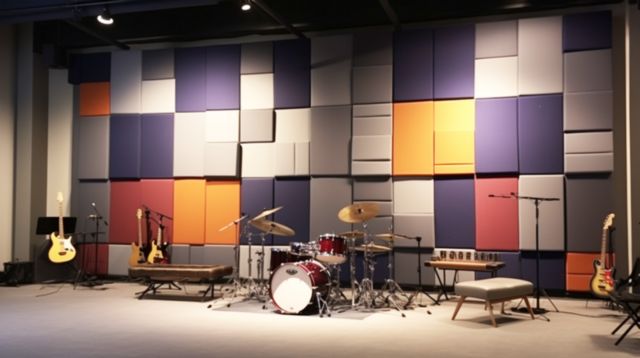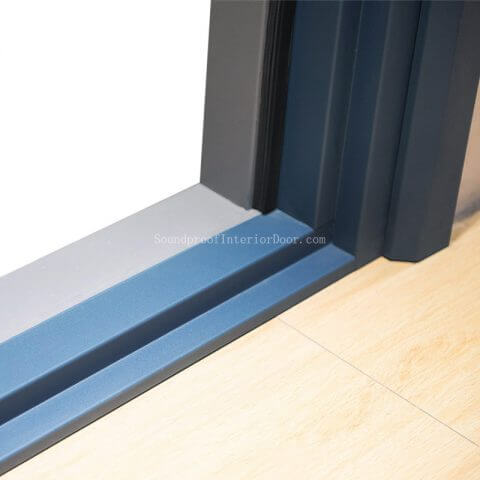I. Introduction
Music enthusiasts need the ideal environment in which to unleash their creativity and find inspiration, so sound dampening doors for music rooms are an integral component in creating this environment. These specialized doors not only offer privacy and security benefits but are also extremely efficient at controlling sound transmission – helping create an inspiring and noise-controlled space ideal for musicians, recording studios and music lovers alike.
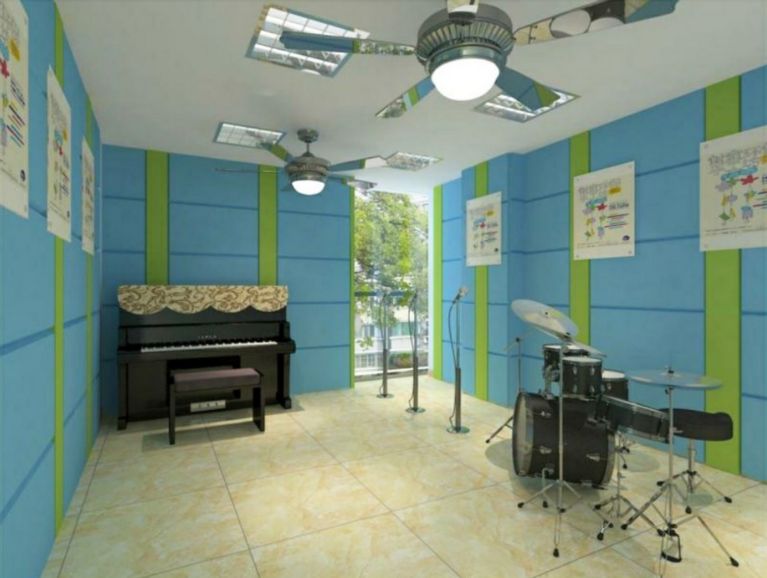
II. An Overview of Sound Dampening Doors
Sound dampening doors are designed to minimize the transmission of sound waves between rooms by employing materials and techniques that absorb, block, or reduce vibrations effectively. As such, these doors help create a quieter, more controlled atmosphere within music rooms for improved focus, clarity, and overall audio quality.
One of the key benefits of sound insulated door interior is the ability to reduce noise leakage. While standard doors may allow sounds to enter through gaps and cracks, sound dampening for doors is designed specifically to seal tightly – thus minimizing sound leakage and creating more isolated environments. This is accomplished using door seals, gaskets, and weatherstripping that effectively block sound from leaving or entering the room.
Benefits of Sound Dampening Doors in Music Rooms
Door sound dampening in music rooms offers many advantages that cannot be understated, and here are just a few:
- Improved Sound Quality: Sound dampening sealed interior door helps create an ideal acoustic environment, enabling musicians to hear their music more accurately. By eliminating external noise interference and internal sound reflections, these doors contribute to better clarity, tonal balance, and audio fidelity in general.
- Disturbance Reduction: Music rooms often need privacy in shared or residential environments. Sound dampening interior composite doors effectively block and absorb sound escaping the room and minimize disturbances for those nearby, providing the ideal conditions for practicing, recording sessions or lessons to take place uninterrupted. This feature can especially beneficial when combined with soundproof walls for better insulation of noise levels within an auditorium space.
- Improved Concentration and Focus: Excessive noise distractions can have a major effect on musicians’ concentration and focus, hindering optimal performance. Sound dampening interior door provides a quieter environment free from external disturbances to allow musicians to immerse themselves fully in the music experience and maximize performance levels.
- Versatile Design Options: Sound dampening interior fire door comes in various designs, such as wooden and steel materials, to accommodate different aesthetic and functional requirements of music rooms. They can easily fit into existing room decor while offering soundproofing capabilities.
Next, we will delve deeper into the various types of noise dampening door and sound dampener for door available on the market and their unique features and advantages. Stay tuned for further guidance in finding an optimal door solution for your music room!
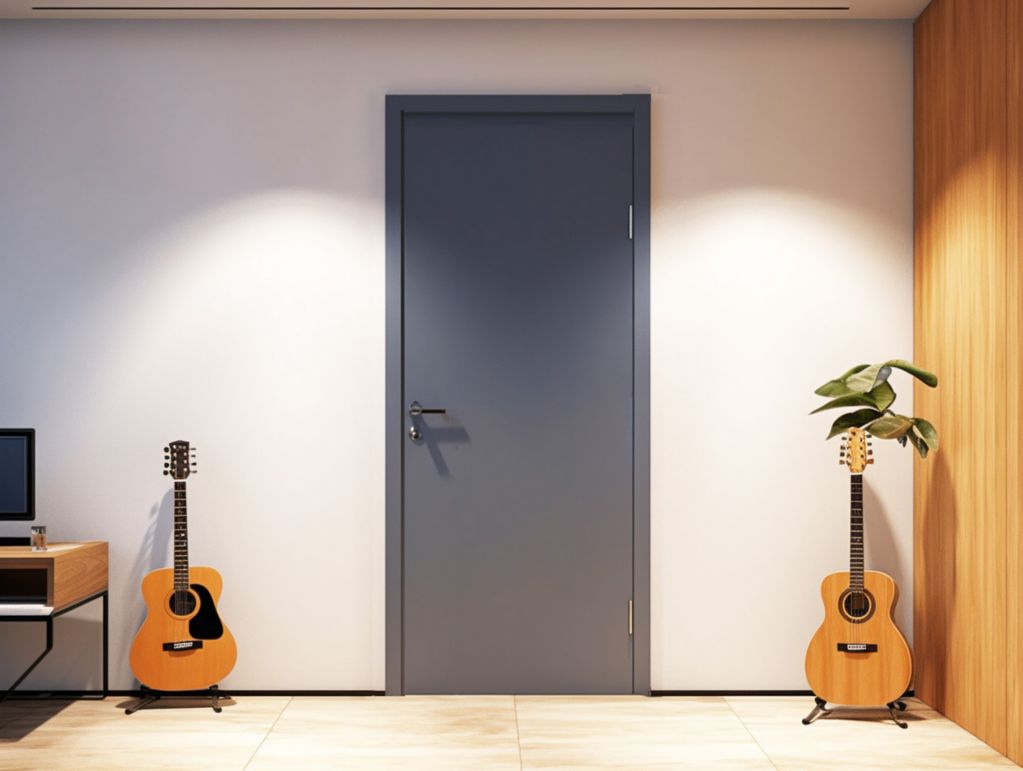
III. Types of Sound Dampening Doors
When it comes to sound dampening doors, there are various options available on the market to meet different needs and preferences. Let’s examine some common types with their features and benefits:
Wooden Doors
Wooden sound dampening doors are an attractive and practical addition to music rooms due to their natural aesthetic appeal and sound-absorbing properties. Often made out of dense wood materials such as solid hardwood or composite wood, wooden sound dampening doors reduce sound transmission by blocking unwanted noise entering or exiting. Wooden sound dampening doors create an inviting ambience while blocking noise transmission between rooms.
Steel Doors
Steel sound dampening doors are known for their strength and soundproofing capabilities, providing protection from unwanted sound waves while minimising noise transference. These soundproofing doors feature multiple layers of steel with insulation materials layered between, which effectively block sound waves and limit noise transference. Often found in commercial settings such as recording studios or music venues where high levels of isolation are needed, steel sound dampening doors offer a sleek modern appearance while offering both security and acoustic control simultaneously.
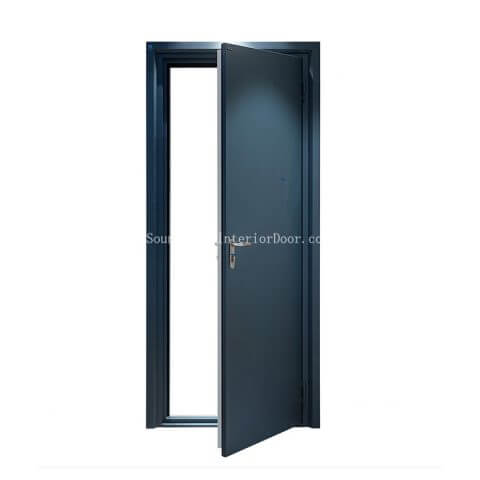
Soundproof Industrial Steel Doors
Industrial Steel Doors Soundproof Acoustic Metal Door Manufacturer
Composite Doors
Composite sound dampening doors combine the advantages of both wood and steel in their construction. These sound-absorbing doors consist of a composite core made up of wood particles combined with sound-absorbing foam or material such as vinyl to produce excellent sound insulation while remaining visually appealing; their construction provides superior sound proofing properties while remaining visually pleasing for an appealing design that matches multiple architectural styles or room aesthetics.
Specialized Soundproof Doors
As well as traditional wooden and steel doors, there are also specialized soundproof doors on the market designed specifically to reduce sound levels as much as possible, often seen in professional recording studios or high-end music rooms. They incorporate advanced soundproofing techniques such as double or triple sealing mechanisms, heavy duty insulation materials and core materials with sound-absorbing capabilities – offering unparalleled isolation despite a higher initial investment. These specialized soundproofing solutions provide optimal acoustic control.
Consider your requirements, budget and aesthetic preferences when selecting the appropriate sound dampening door or door sound dampener for your music room. Each type has unique advantages that may fit with your needs while adding to its overall functionality and atmosphere.
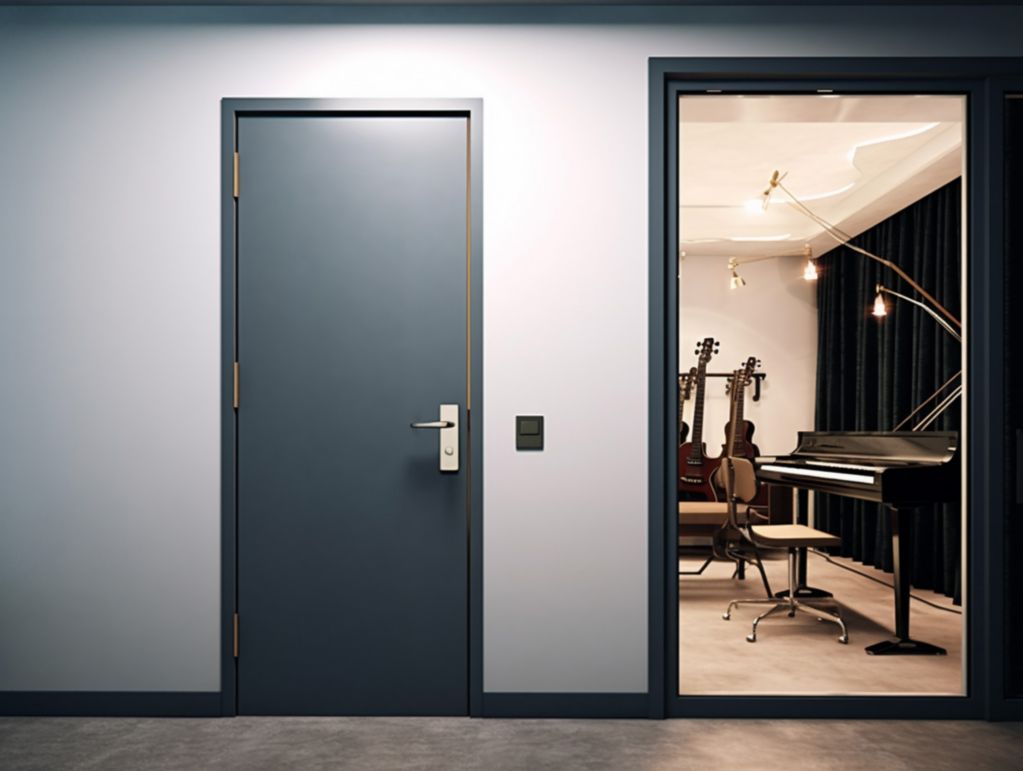
IV. How to Select Sound Dampening Doors
Selecting an effective sound dampening door or door noise dampener for your music room involves carefully considering several key factors. These elements of the sound dampening systems will play a significant role in determining how effective the door will be at reducing sound transmission. Here are some essential considerations:
- Sound Transmission Class (STC) Rating: The STC rating measures soundproofing capabilities. A higher STC rating indicates better soundproofing; when selecting soundproof fire door, look for one with a high STC rating for optimal noise reduction.
- Door Construction: When selecting industrial sound dampening doors, its construction plays a vital role in its soundproofing capabilities. Seek quiet interior doors with solid cores and multiple layers of sound-absorbing materials – thickness and weight are also factors in soundproofing capabilities.
- Sealing Mechanisms: Proper sealing is crucial to minimizing sound leakage around the door edges, so look for sound dampening door panels equipped with effective hotel door seal mechanisms such as gaskets, weatherstripping or door sweeps that create an airtight seal and reduce sound transference.
- Installation: For optimal soundproofing effectiveness, proper installation of the door is key. Be sure that it fits tightly within its frame by making sure any gaps are sealed off and any possible openings in its shape are closed off with care.
By taking these factors into account, you can select a manufacturer interior door that meets your specific requirements and provides desired levels of sound isolation in your music room. We will explore additional factors to keep in mind and review sound dampening systems that may boost their effectiveness – don’t miss out if creating an inspiring yet controlled space is on your list of goals!
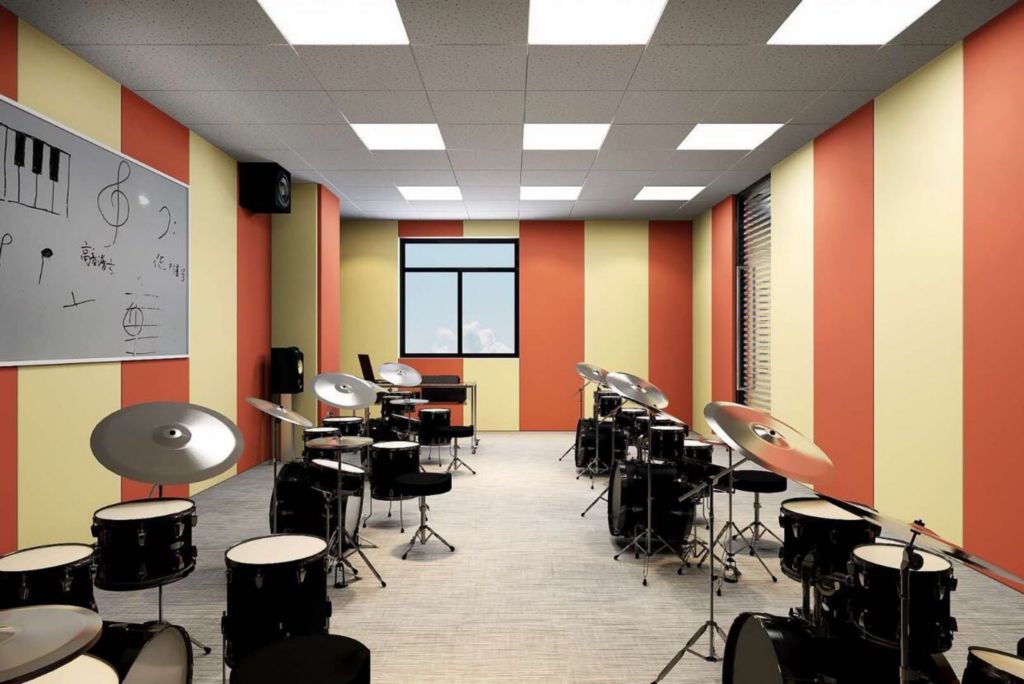
V. Sound Dampening Systems and Additional Solutions
While sound dampening interior doors play a critical role in creating an acoustically controlled space, there are also additional solutions that can enhance soundproofing in music rooms and provide the optimal environment for musicians and music enthusiasts. Let’s explore some of these options now:
- Acoustic Panels: Acoustic panels are designed to absorb sound waves, thereby reducing echos and reverberations within a room. Often made out of sound-absorbing materials like foam or fabric, acoustic panels can be placed strategically on walls, ceilings or doors in order to improve sound quality while decreasing reflections. Furthermore, various designs and colors allow customization according to aesthetic needs in music rooms.
- Insulation: Insulation is key to effective soundproofing in music rooms. Insulating walls, floors and ceilings with soundproof insulation materials such as mineral wool or fiberglass helps minimize sound transmission through these surfaces and can even add another layer to existing surfaces for additional soundproofing capabilities.
- Seal Gaps and Cracks: Even with sound dampening doors in place, sound can still leak through gaps and cracks in windows, electrical outlets or other openings – to maximize soundproofing efficiency it is necessary to seal these areas using special acoustic sealants or weatherstripping to seal these areas efficiently and prevent sound leakage.
Implementing these extra solutions into your music room will further bolster its soundproofing properties, creating an ideal space for creative musical exploration and enjoyment.
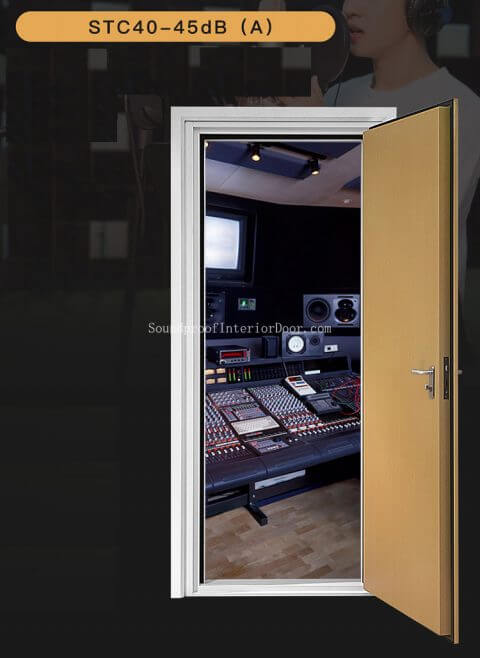
Soundproofing Studio Doors
Soundproofing Studio Doors Acoustic Door Material Soundproofing Doors For Studio
VI. Conclusion
In this blog post, we have explored the idea of sound dampening doors for music rooms and their significance in creating an inspirational yet acoustically controlled space. We compared various types of sound dampening doors – such as wooden and steel options – while discussing their individual features and benefits.
Understanding the benefits of sound dampening acoustic doors in music rooms is essential to their proper use. They enhance sound quality, provide privacy, reduce disturbances, and offer versatile design options while effectively blocking sound transmission and minimising noise leakage – creating an optimal environment for musicians, recording studios and music enthusiasts alike.
We discussed additional solutions that can enhance the soundproofing capabilities of door panel sound dampening, including acoustic panels and insulation. These additional products allow us to create the optimal space for musical creativity and enjoyment.
Soundproofing in hotel environments has long been recognized for its value in providing guests with a peaceful and pleasant stay. Sound dampening doors play an integral part in providing this environment by blocking external noise while adding specific touches such as door seals or features that enhance guest satisfaction for a relaxing stay.
In summation, noise dampening doors cannot be understated when it comes to creating enjoyable music rooms and hotel environments. By carefully selecting a type of noise blocking door based on factors like Sound Transmission Class rating (STC), construction method and sealing mechanisms as well as including additional soundproofing solutions you can achieve optimal sound control while creating an environment conducive for creativity, relaxation and enjoyment.
Acoustic dampening doors are a wise investment that can significantly enhance the experience for musicians, music enthusiasts and hotel guests alike. So whether setting up a music room or managing a hotel, make sound dampening doors a priority to create an environment which resonates with excellence.
Thank you for reading our blog post on soundproof dampening doors, we hope that it was informative and interesting for you. If any further inquiries arise or should you require any assistance with sound dampening door installation or replacement feel free to reach out.
